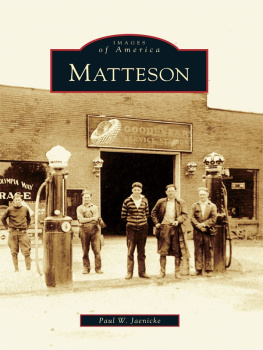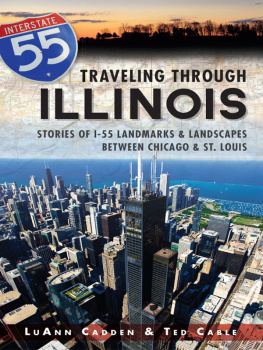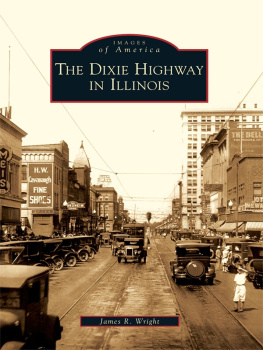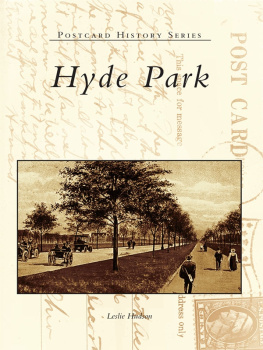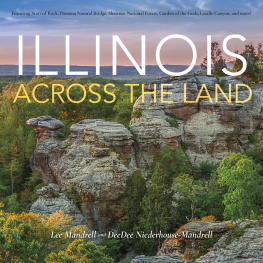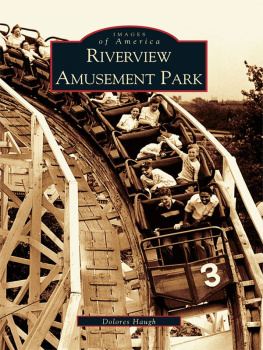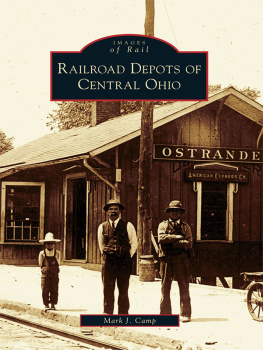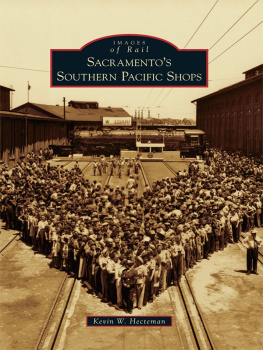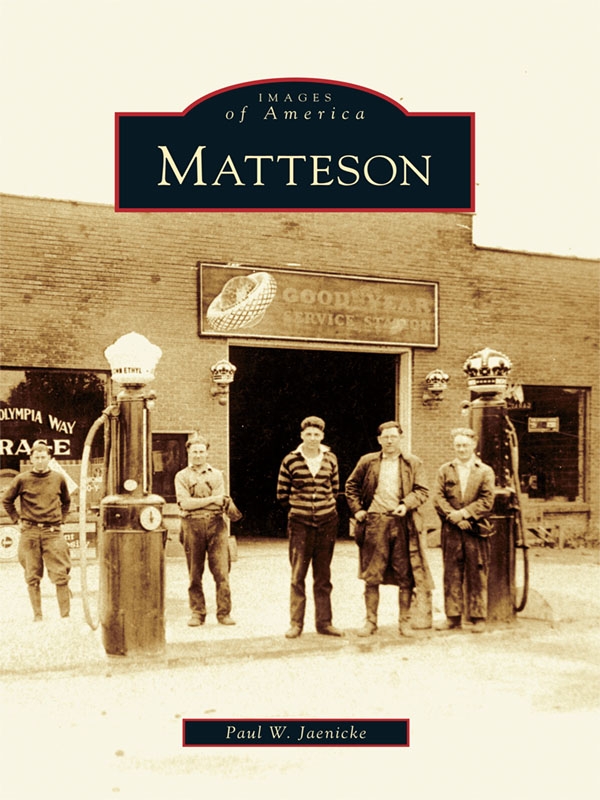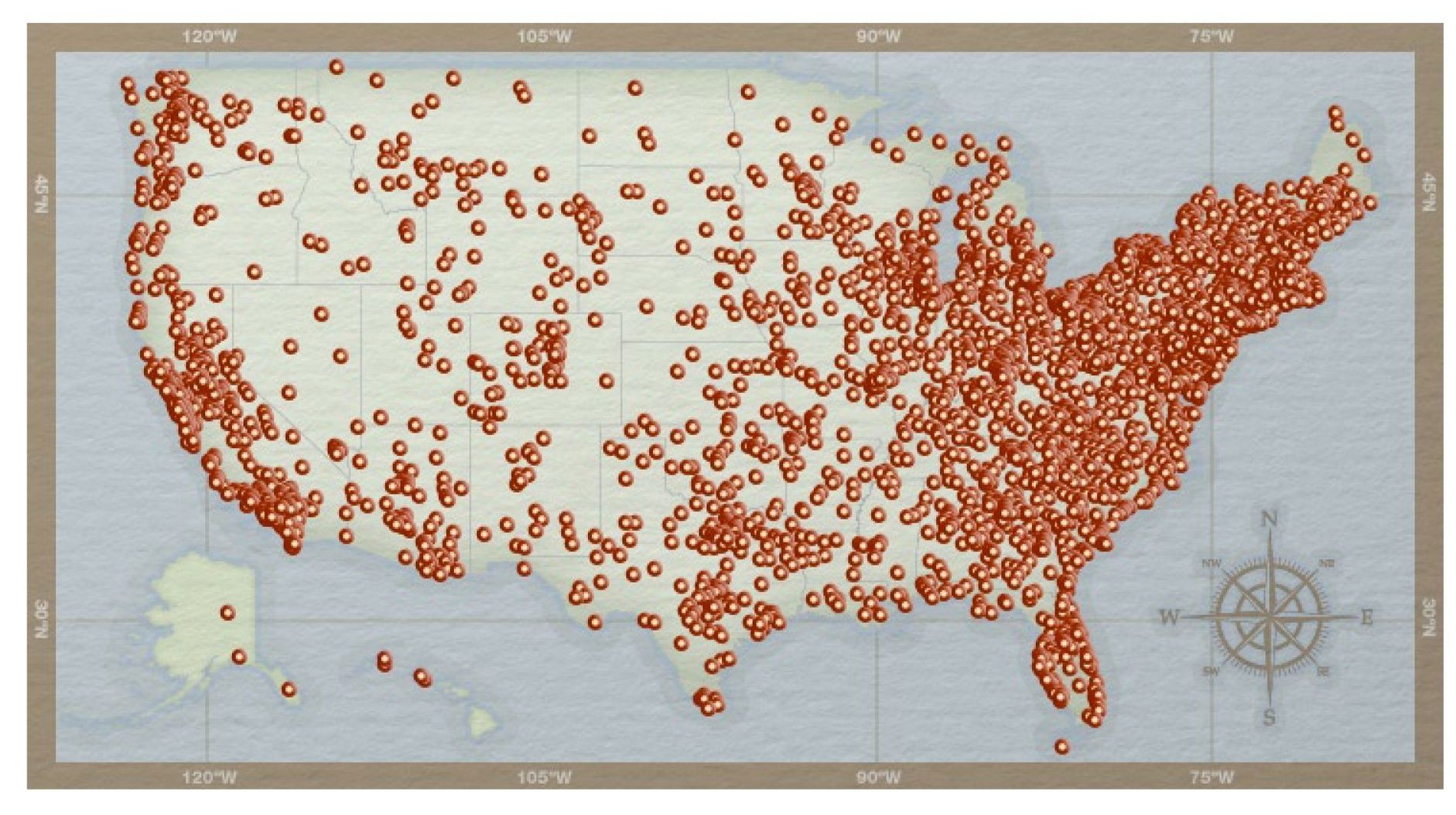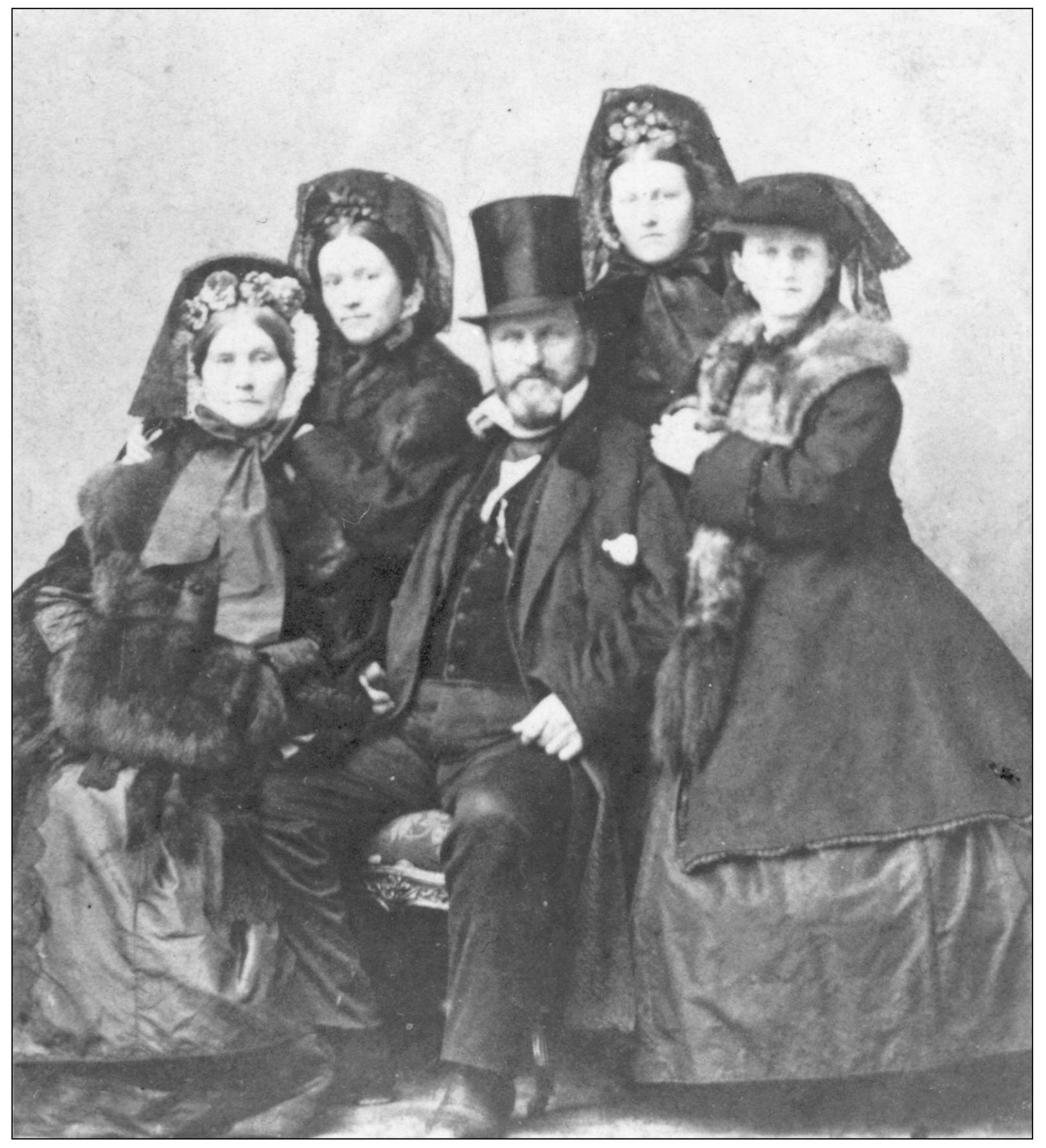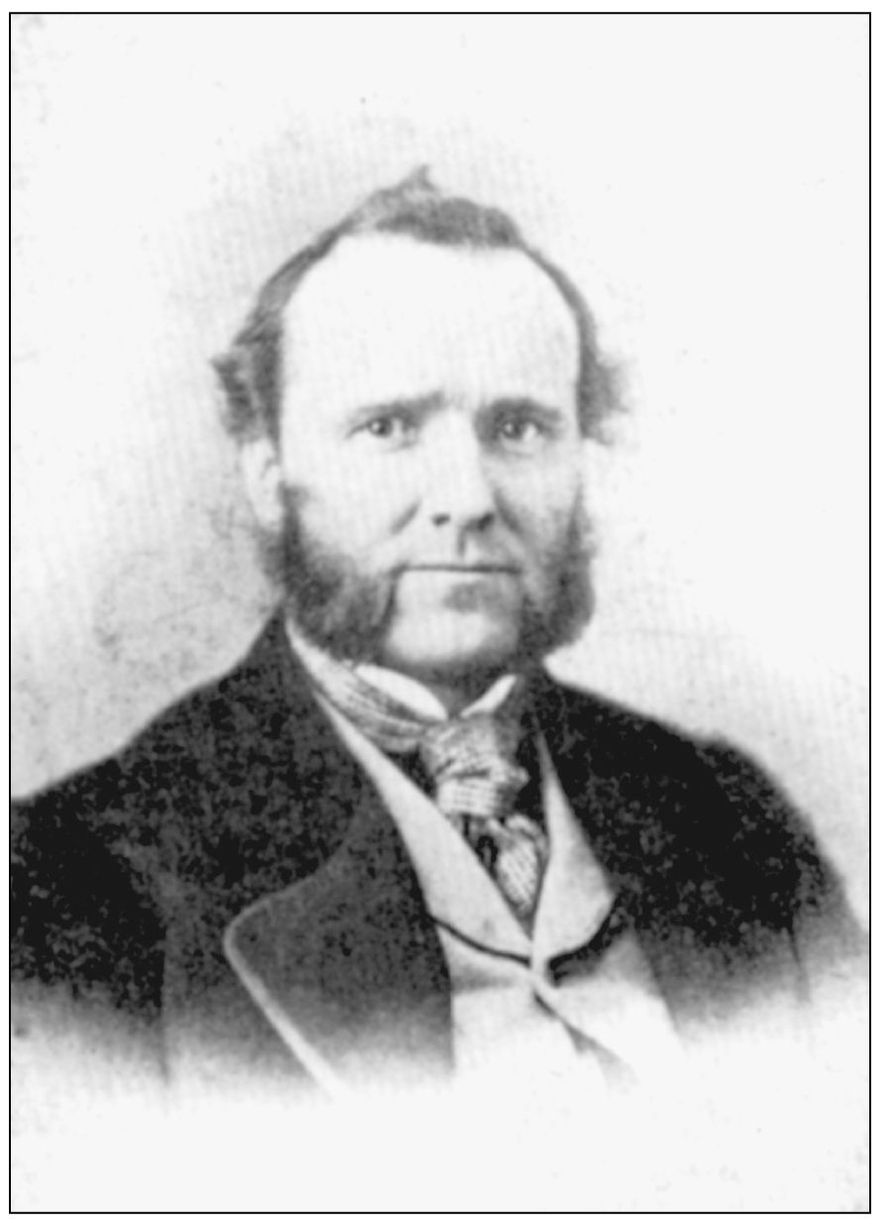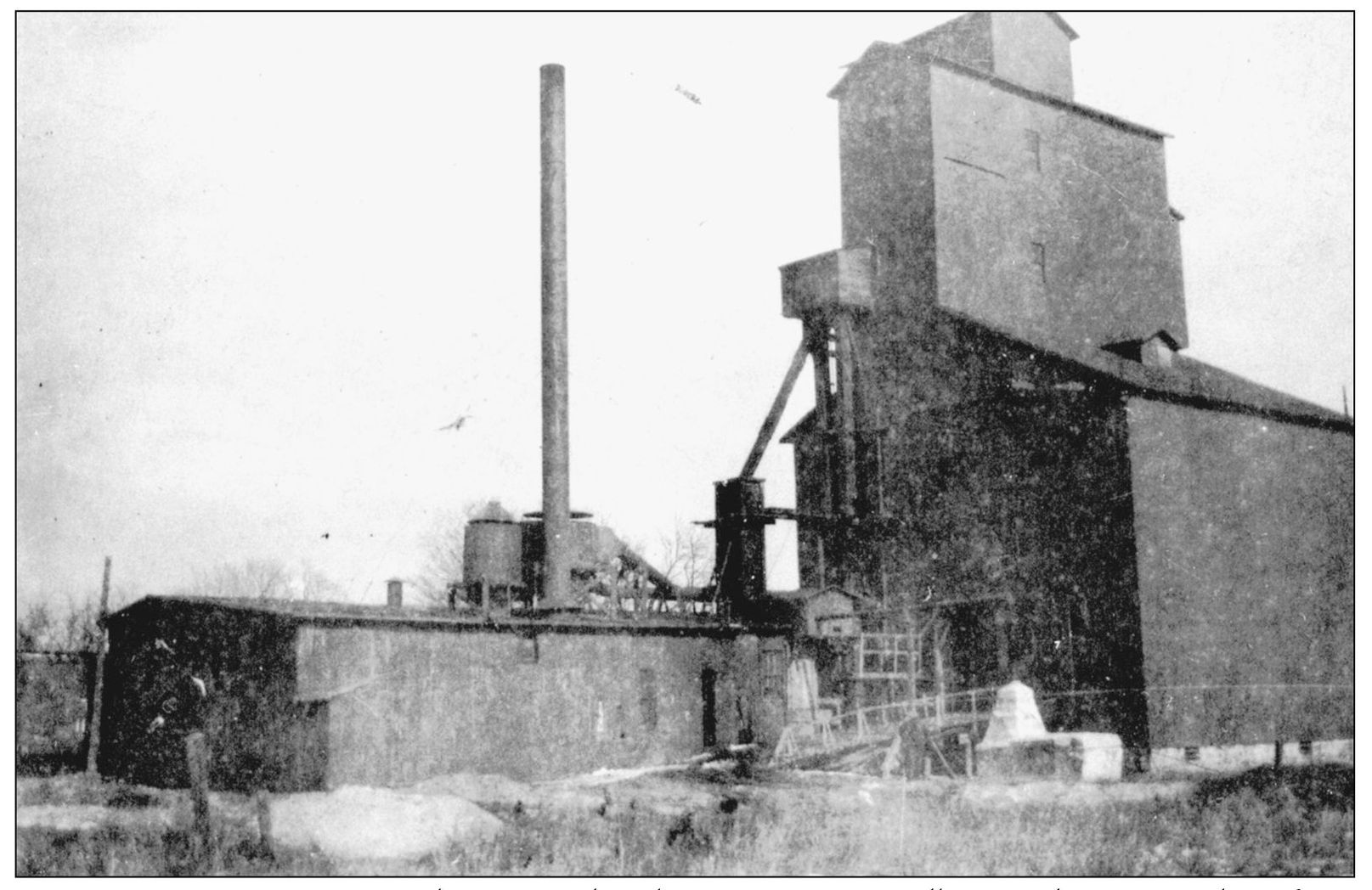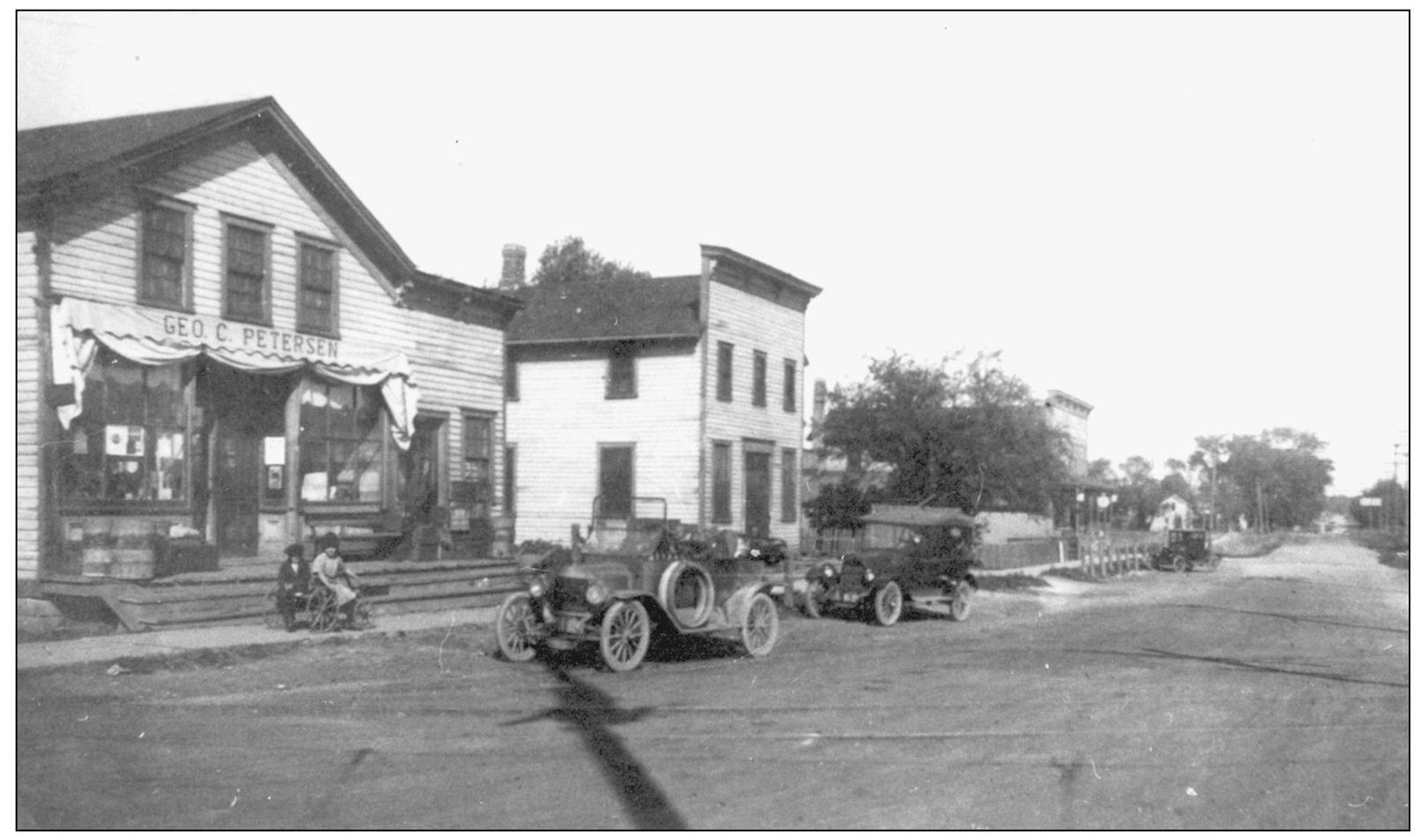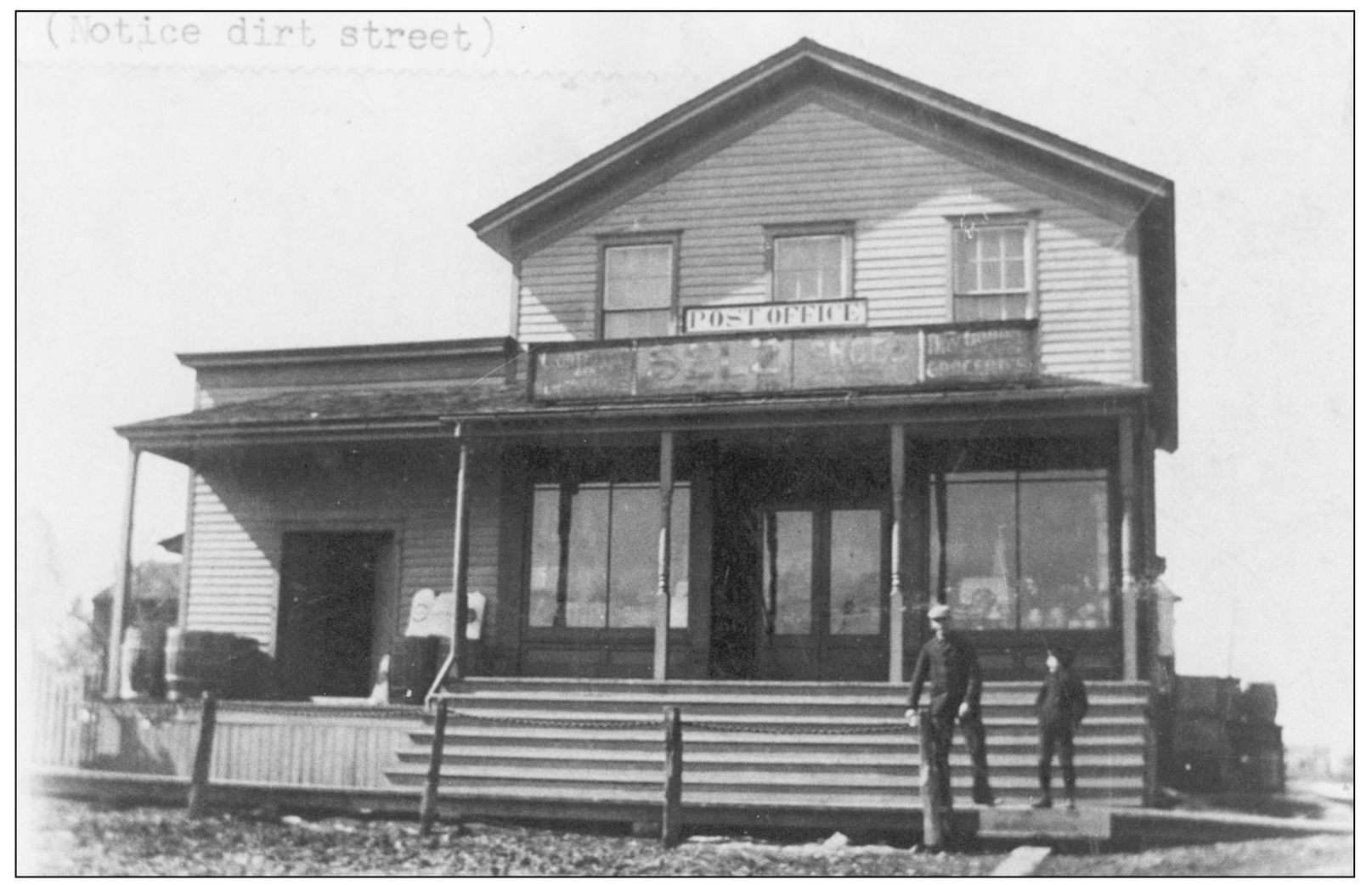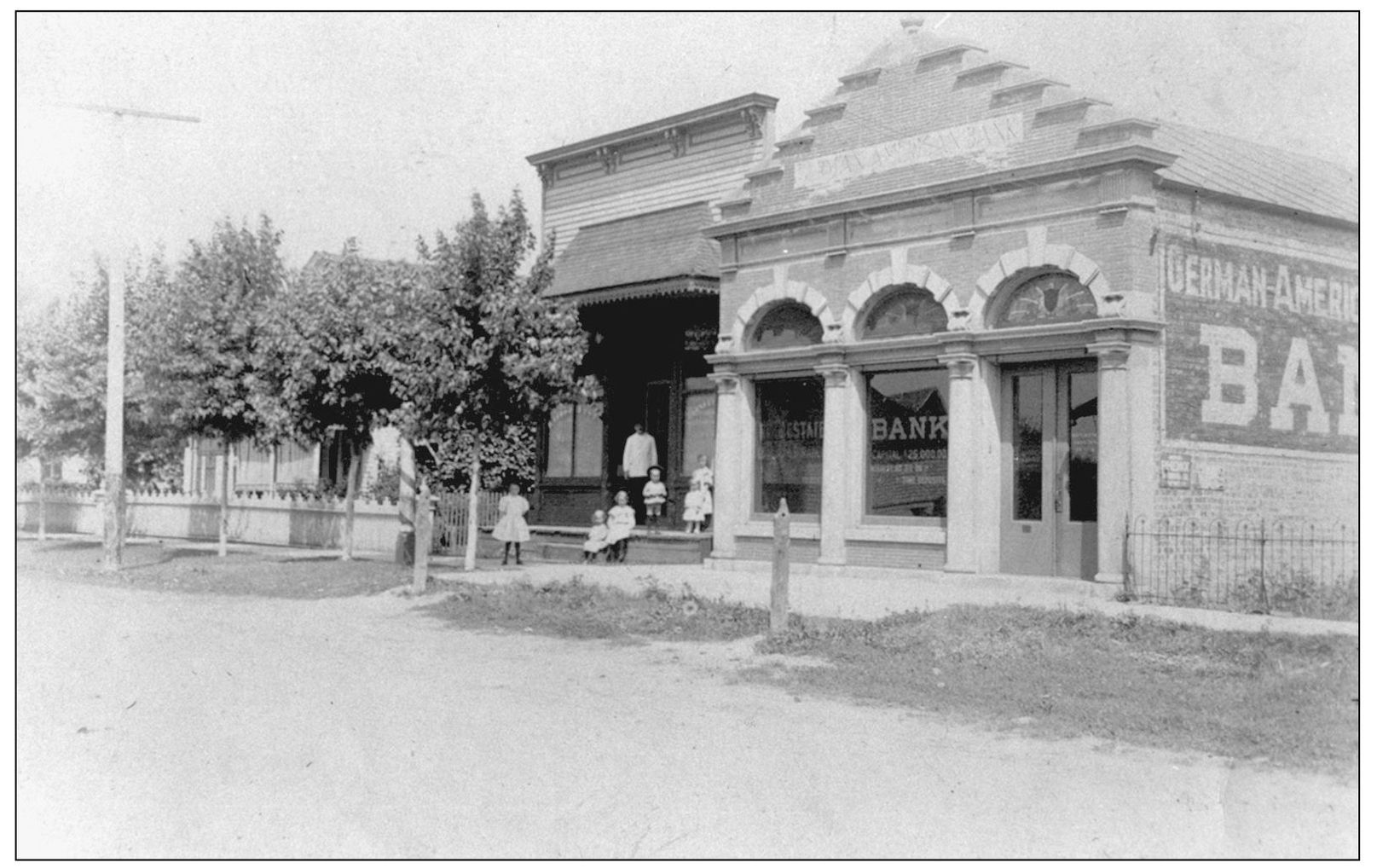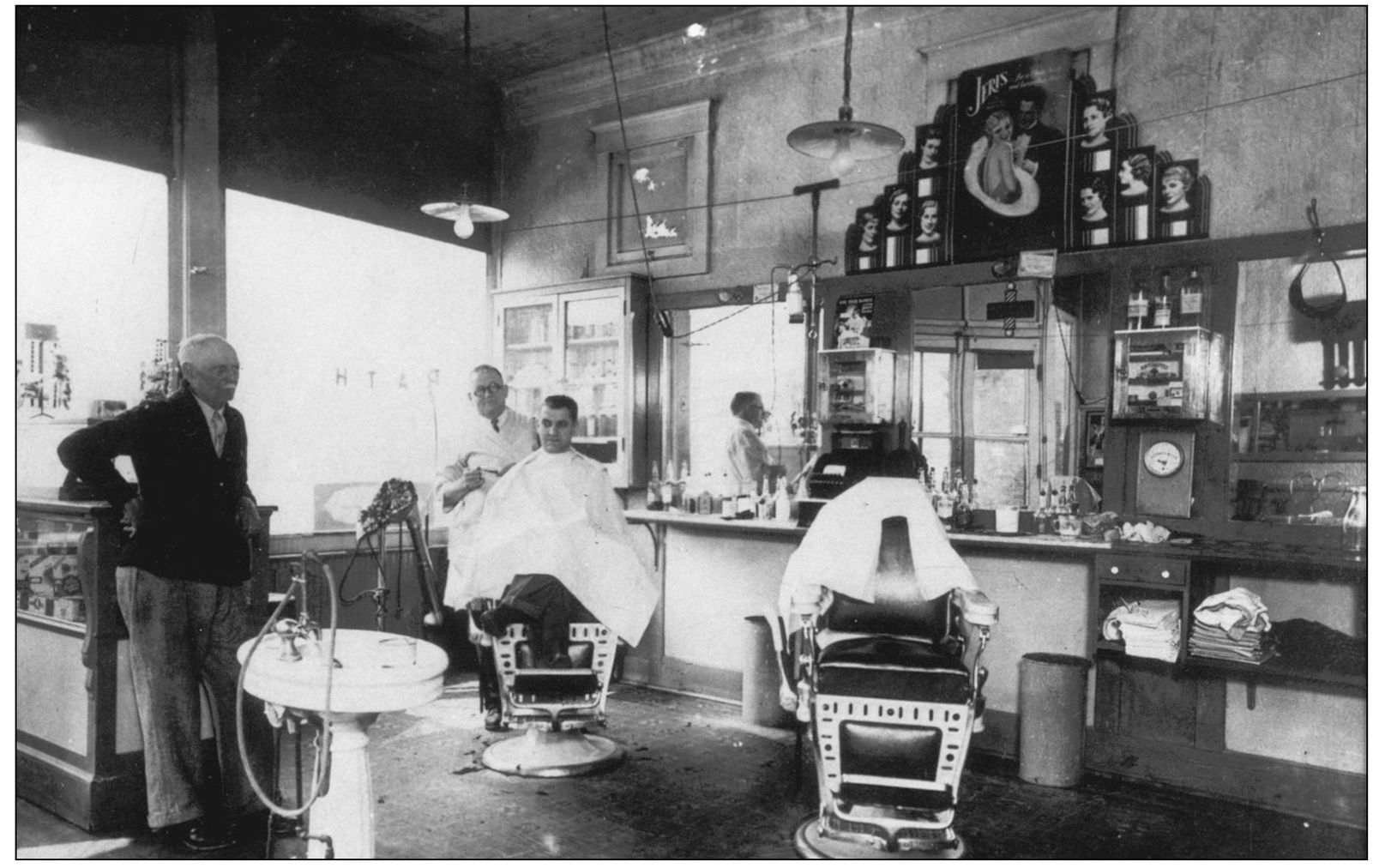Paul W. Jaenicke - Matteson
Here you can read online Paul W. Jaenicke - Matteson full text of the book (entire story) in english for free. Download pdf and epub, get meaning, cover and reviews about this ebook. year: 2006, publisher: Arcadia Publishing Inc., genre: Religion. Description of the work, (preface) as well as reviews are available. Best literature library LitArk.com created for fans of good reading and offers a wide selection of genres:
Romance novel
Science fiction
Adventure
Detective
Science
History
Home and family
Prose
Art
Politics
Computer
Non-fiction
Religion
Business
Children
Humor
Choose a favorite category and find really read worthwhile books. Enjoy immersion in the world of imagination, feel the emotions of the characters or learn something new for yourself, make an fascinating discovery.
- Book:Matteson
- Author:
- Publisher:Arcadia Publishing Inc.
- Genre:
- Year:2006
- Rating:5 / 5
- Favourites:Add to favourites
- Your mark:
Matteson: summary, description and annotation
We offer to read an annotation, description, summary or preface (depends on what the author of the book "Matteson" wrote himself). If you haven't found the necessary information about the book — write in the comments, we will try to find it.
The village of Matteson was founded in 1855 and named after the 10th governor of Illinois, Joel Matteson. German immigrants were the areas first settlers, seeking agriculture and business opportunities. The Illinois Central and Michigan Central Railroads provided the stimulus for the growth of one of the first communities to the south of Chicago. The area became popular in the 1890s, when Chicago residents rode special trains to visit the amusement park run by Moses and Freeman Elliott. By the mid-20th century, the town had established itself as a growing bedroom community due to the electrification of the Illinois Central suburban service in 1926 and an increase in residential housing designed for American GIs returning home after World War II. Transportation has always played a key role in the development of the village, which sits at the crossroads of Americas first land grant railroad, the Illinois Central, and the countrys first transcontinental road, the Lincoln Highway. Since the 1970s, Matteson has grown intoa vibrant retail and commercial area for Chicagos south suburbs.
Paul W. Jaenicke: author's other books
Who wrote Matteson? Find out the surname, the name of the author of the book and a list of all author's works by series.

